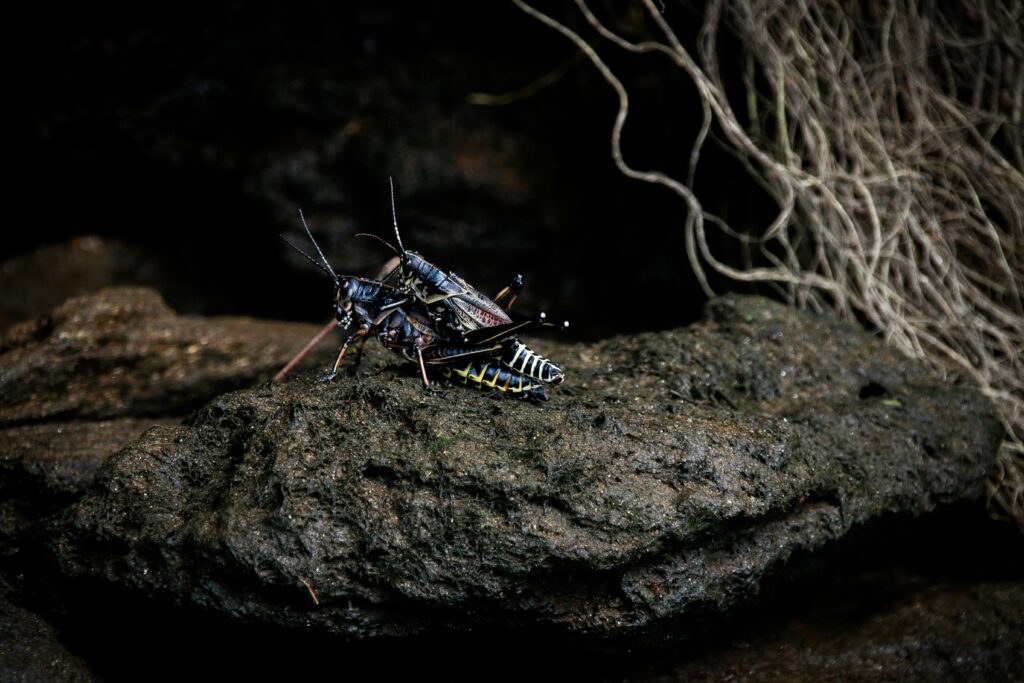In the pitch-black depths of caves, beneath the forest floor, or inside the bodies of other organisms, remarkable insects thrive in perpetual darkness. These extraordinary creatures have evolved fascinating adaptations that enable them to navigate, hunt, mate, and survive without ever experiencing light. Unlike most insects that rely heavily on visual cues, these darkness-dwelling specialists have developed alternative sensory systems and survival strategies that compensate for their lightless existence. Their remarkable evolutionary journey showcases nature’s incredible ability to adapt to even the most challenging environments, revealing biological innovations that continue to fascinate scientists and nature enthusiasts alike. Join us as we explore the fascinating world of insects that live their entire lives in complete darkness.
The Evolutionary Pathway to Darkness
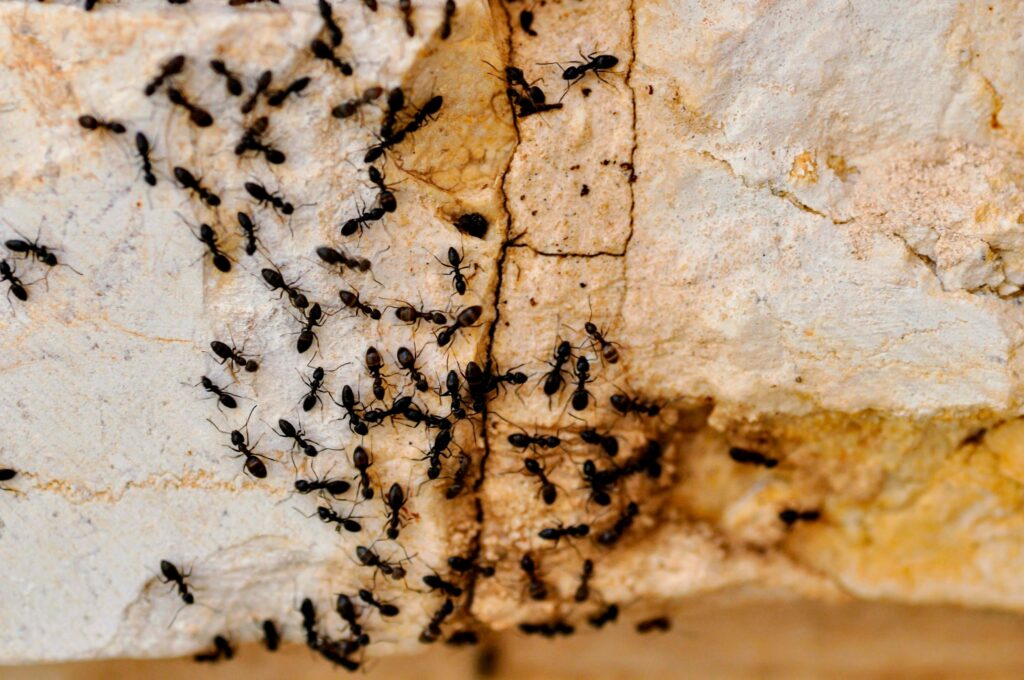
The journey into permanent darkness wasn’t an overnight evolutionary leap but rather a gradual process spanning millions of years. As insects colonized dark habitats like caves, soil systems, and parasitic lifestyles, natural selection favored individuals with adaptations suited to lightless environments. Over countless generations, these populations experienced dramatic physiological and behavioral changes, often including the reduction or complete loss of eyes and pigmentation. This evolutionary pathway, known as regressive evolution, represents a fascinating case of adaptation where losing certain features actually provides a survival advantage. The energy once devoted to maintaining vision systems could be redirected to enhancing other senses more valuable in darkness, demonstrating evolution’s remarkable efficiency in matching organisms to their ecological niches.
Cave-Dwelling Specialists: Troglobites
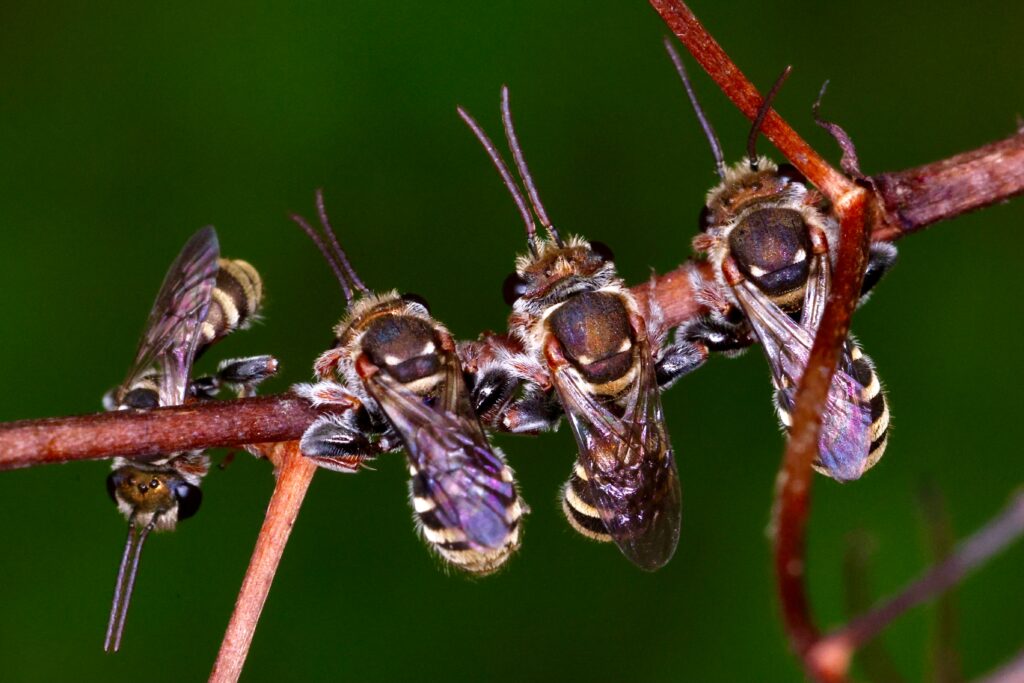
Troglobites represent some of the most specialized darkness-dwelling insects, having evolved specifically to live exclusively in cave environments. These remarkable creatures, such as certain species of cave crickets, beetles, and springtails, display classic adaptations to permanent darkness, including elongated appendages, reduced or absent eyes, loss of pigmentation (resulting in pale or translucent bodies), and lower metabolic rates. Their entire life cycles—from egg to adult—occur entirely within the cave ecosystem, never experiencing sunlight at any stage. Many troglobitic insects have evolved extraordinarily sensitive tactile abilities, with elongated antennae and body hairs (setae) that can detect the slightest air movements, vibrations, or changes in humidity. This specialized sensory equipment allows them to navigate their three-dimensional environment, locate food sources, and find mates in complete darkness.
The Role of Chemical Communication

In the absence of visual signals, chemical communication becomes paramount for insects living in perpetual darkness. These species have developed highly sophisticated chemical sensing organs that detect pheromones and other environmental chemical cues at remarkably low concentrations. Many cave beetles, for instance, release complex pheromone blends that convey information about species identity, sex, reproductive status, and even quality as a potential mate. These chemical messages can persist in the environment for extended periods, creating “information highways” that guide insects to food, mates, or away from danger. The olfactory organs in these darkness-adapted insects often show pronounced enlargement and increased sensitivity compared to their light-dwelling relatives, demonstrating how sensory systems can be enhanced when vision is no longer an option.
Navigating Without Light: Extraordinary Sensory Systems
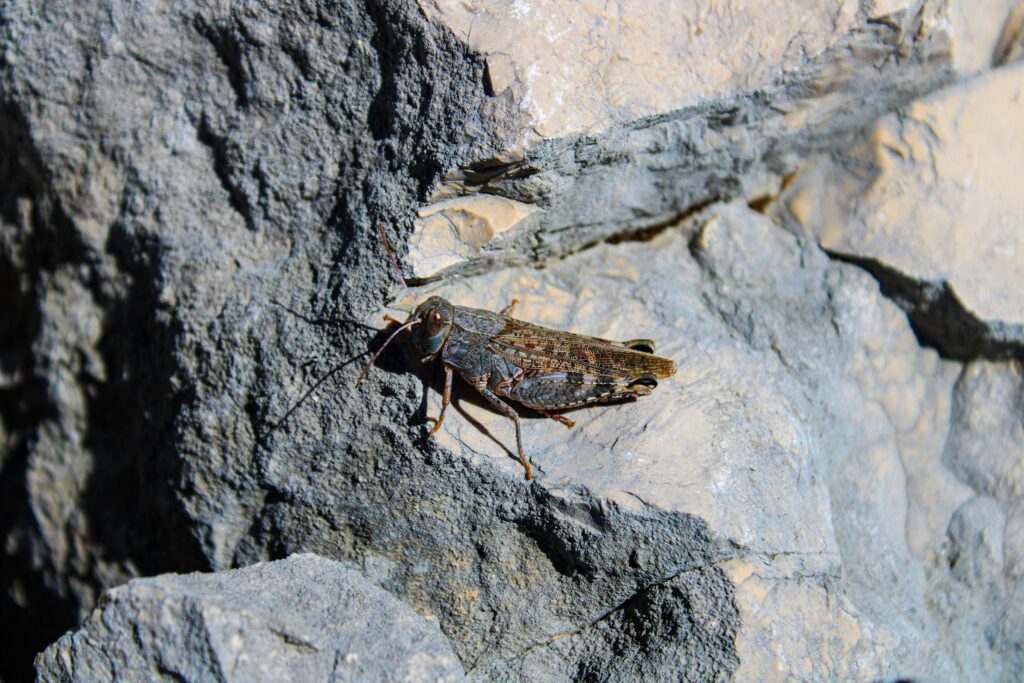
When vision is removed from an insect’s sensory toolkit, alternative systems become dramatically enhanced to compensate. Many darkness-dwelling insects possess specialized mechanoreceptors distributed across their bodies, capable of detecting the slightest air currents, vibrations, or pressure changes. Cave crickets, for example, have developed remarkably long antennae—often exceeding their body length several times over—covered with thousands of sensory cells that create a three-dimensional “touch map” of their surroundings. Some soil-dwelling insects can detect the Earth’s magnetic field, using it as a navigational compass when other directional cues are absent. Others, like certain blind cave beetles, possess highly developed humidity sensors that help them stay within their preferred moisture zones, effectively creating an invisible boundary that keeps them safely within their habitable environment.
Soil-Dwelling Insects: Life in the Dark Underground
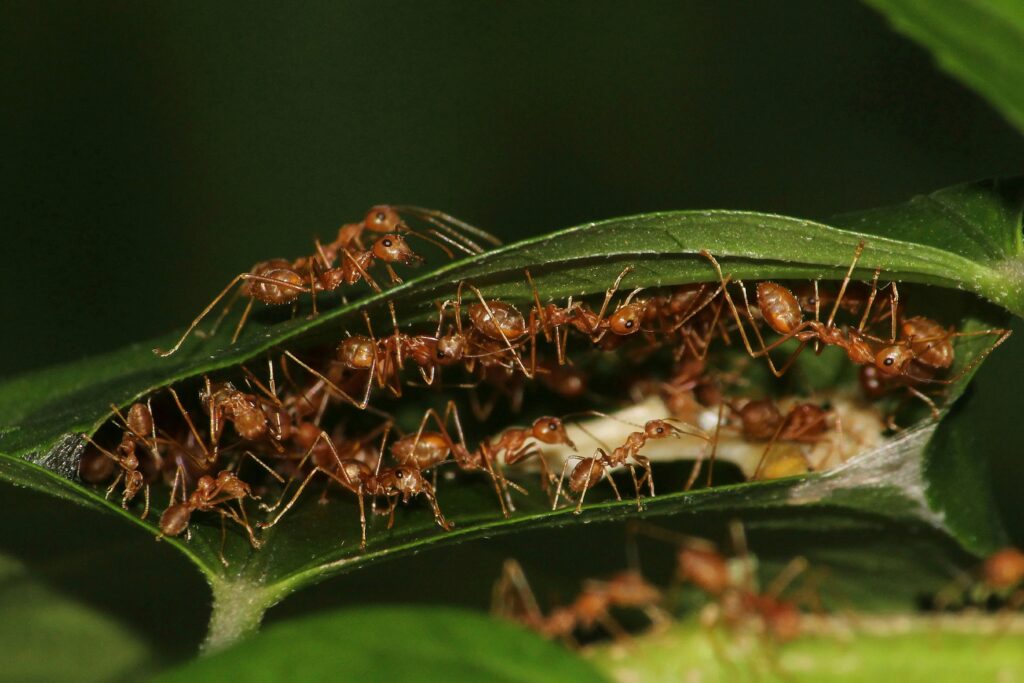
The soil ecosystem houses countless insect species that spend their entire lives in darkness, with many adapted specifically for subterranean existence. Soil-dwelling beetle larvae, such as those of certain scarab beetles, can live for years underground in complete darkness before emerging as adults. These creatures typically have strong, specialized mouthparts for burrowing and feeding on organic matter, roots, or soil microorganisms. Their bodies are often cylindrical and smooth to facilitate movement through soil, while their exoskeletons have evolved to withstand the pressure and abrasion of their underground environment. Some species, like certain termites and ant species that maintain underground colonies, have evolved complex social systems that function entirely without visual cues, instead relying on chemical signals, touch, and vibrations to coordinate activities among thousands of individuals in absolute darkness.
Parasitic Insects: Darkness Inside Hosts
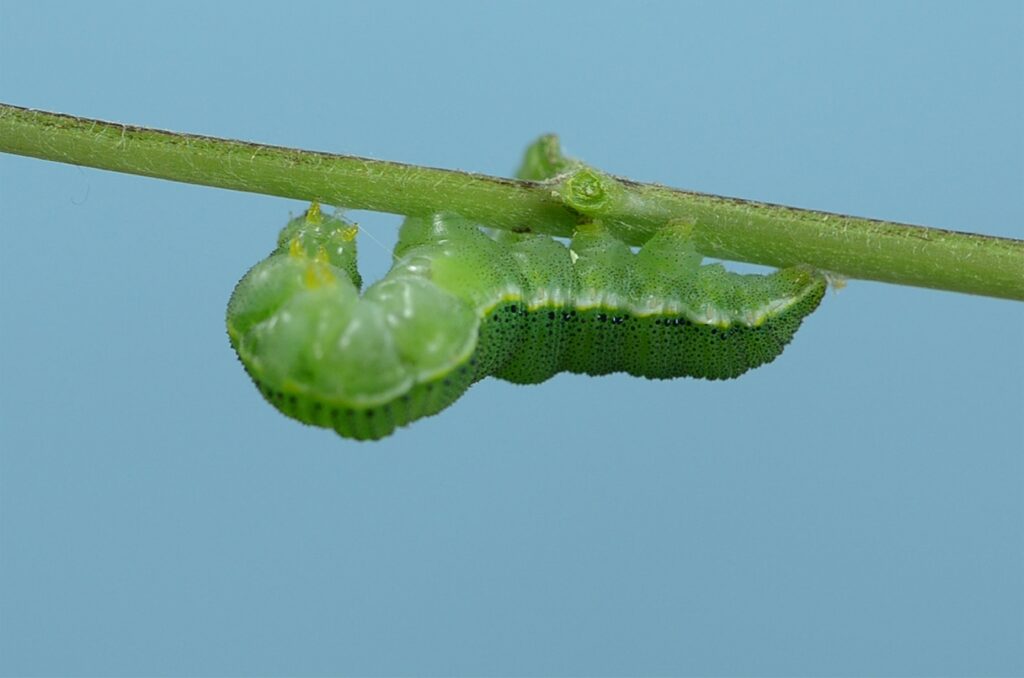
Some of the most specialized darkness-adapted insects are endoparasites—those that live inside the bodies of other organisms. Insects like certain wasp larvae, bot flies, and other internal parasites develop within the tissues or body cavities of their hosts, completing substantial portions of their life cycles in complete darkness. These specialized parasites have often lost nearly all visual structures, as eyes serve no purpose in their lightless internal habitats. Their bodies have evolved to withstand or evade host immune responses while extracting nutrients directly from host tissues or digestive contents. Navigation within the host is accomplished through chemical gradients and tactile sensing, allowing these parasites to move to specific organs or tissues necessary for their development. Many have synchronized their development with host biological rhythms despite never experiencing the light cues that typically regulate insect life cycles.
Metabolic Adaptations to Darkness
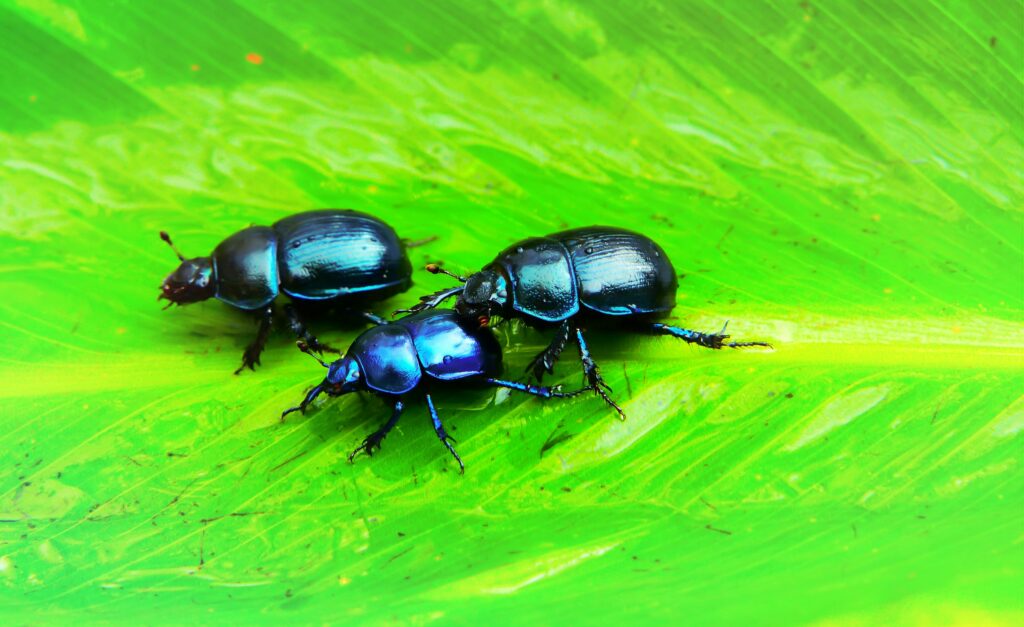
Living in perpetual darkness often means adapting to environments with limited or unpredictable food resources, driving remarkable metabolic adaptations in these insects. Many darkness-dwelling species have exceptionally slow metabolic rates, allowing them to survive on minimal nutritional intake for extended periods. Cave crickets may venture outside caves only occasionally to forage, then return to the darkness where they can sustain themselves for weeks or months on a single meal. Some cave-dwelling insects can enter states of torpor or diapause when food becomes scarce, effectively “pausing” their development until conditions improve. Physiologically, these insects often show reduced respiratory rates and more efficient energy utilization compared to their surface-dwelling relatives. This metabolic efficiency represents a crucial adaptation to environments where energy conservation is essential for survival.
Reproduction Challenges in Darkness
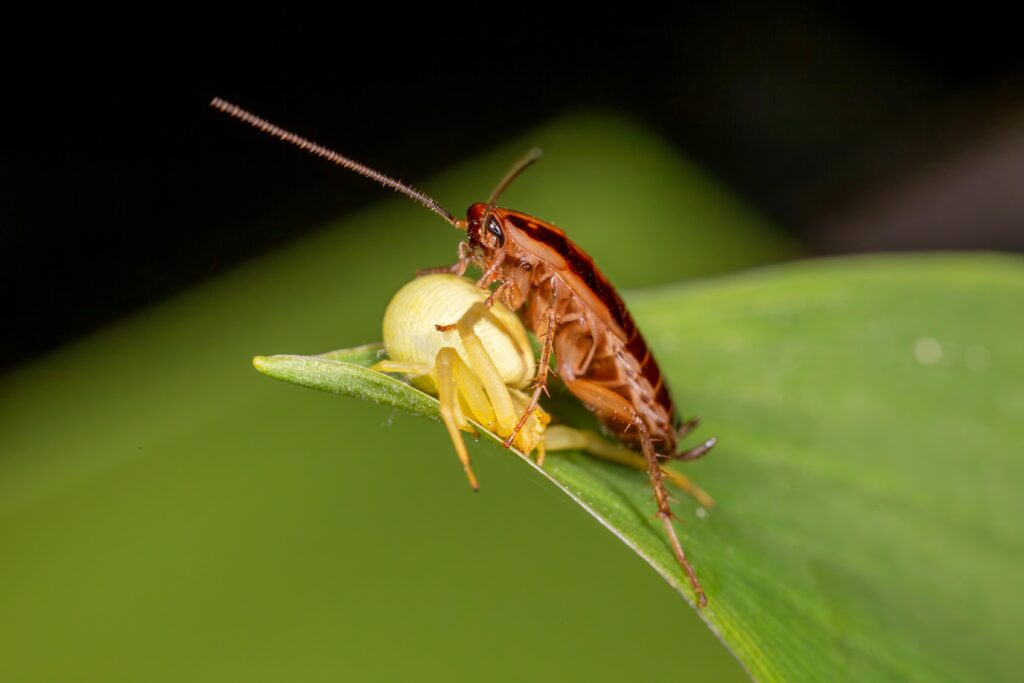
Finding and attracting mates presents unique challenges for insects living in perpetual darkness, leading to fascinating reproductive adaptations. Without visual cues, many darkness-dwelling insects have developed elaborate acoustic or vibrational signaling systems, with males producing species-specific calls by rubbing specialized body parts together or tapping on surfaces. Some cave-dwelling insects show reduced population densities but increased longevity, allowing individuals more time to locate potential mates in their sparse environments. Certain species have evolved extended mating seasons or year-round reproductive capability, increasing the chances of successful reproduction when encounters between individuals are rare. Female darkness-dwelling insects often produce fewer but larger eggs with greater energy reserves, ensuring offspring have better survival chances in resource-limited environments.
Life Without Circadian Rhythms
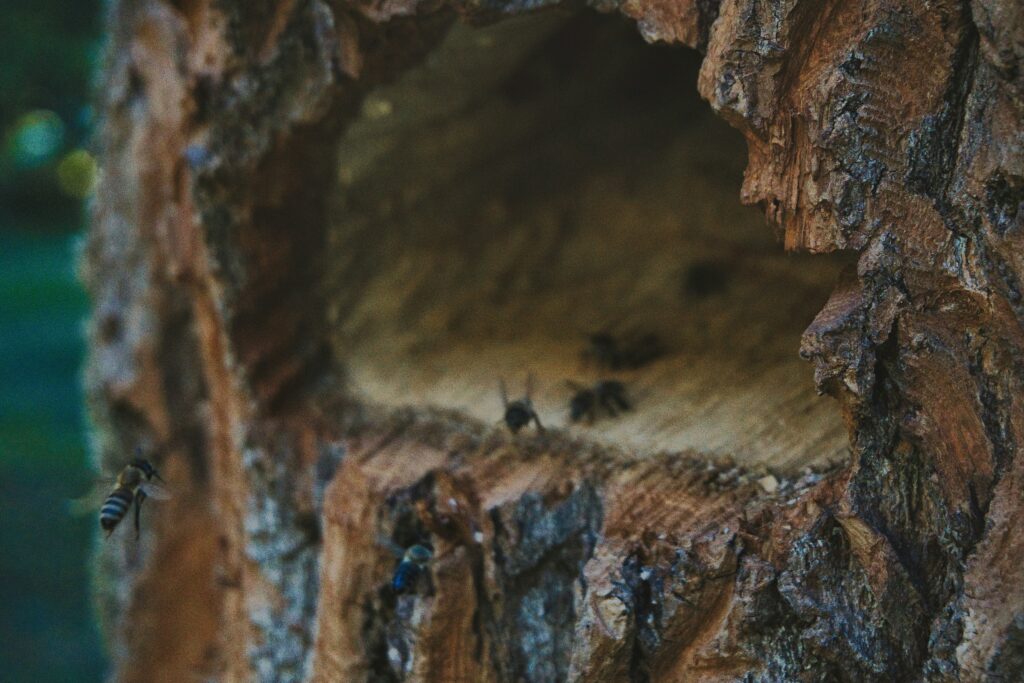
Most insects rely heavily on light-dark cycles to regulate their biological rhythms, but darkness-dwelling insects face the unique challenge of maintaining physiological timing without these external cues. Research has shown that many cave-dwelling insects have evolved drastically altered or completely absent circadian clocks, liberating them from the day-night cycle that governs most insect activities. Some species maintain weak internal rhythms with periods significantly longer or shorter than 24 hours, while others show completely arrhythmic behavior, remaining active whenever environmental conditions are favorable regardless of time. This physiological adaptation allows these insects to optimize their foraging, mating, and development based on other environmental factors like temperature, humidity, or resource availability instead of light cycles. The genetic basis for these clock modifications provides valuable insights into how fundamental biological timing systems can be reshaped by evolutionary pressures.
The Mystery of Eyeless Insects

The reduction or complete loss of eyes represents one of the most dramatic adaptations in darkness-dwelling insects, occurring through fascinating evolutionary processes. Over generations, mutations affecting eye development face no negative selection pressure in lightless environments, allowing for the gradual reduction of these energetically expensive structures. Many cave-dwelling insects retain vestigial eye structures in early developmental stages but lose them before adulthood, providing a glimpse into their evolutionary history. The genetic pathways controlling eye development often remain partially intact despite eyes no longer forming, suggesting relatively recent evolutionary adaptation to darkness. Some eyeless insects still retain light-sensitive cells or rudimentary photoreceptors distributed across their bodies, potentially allowing them to detect sudden light changes that might signal danger, such as a breach in their habitat or the presence of predators carrying light sources.
Surprising Diversity in Darkness
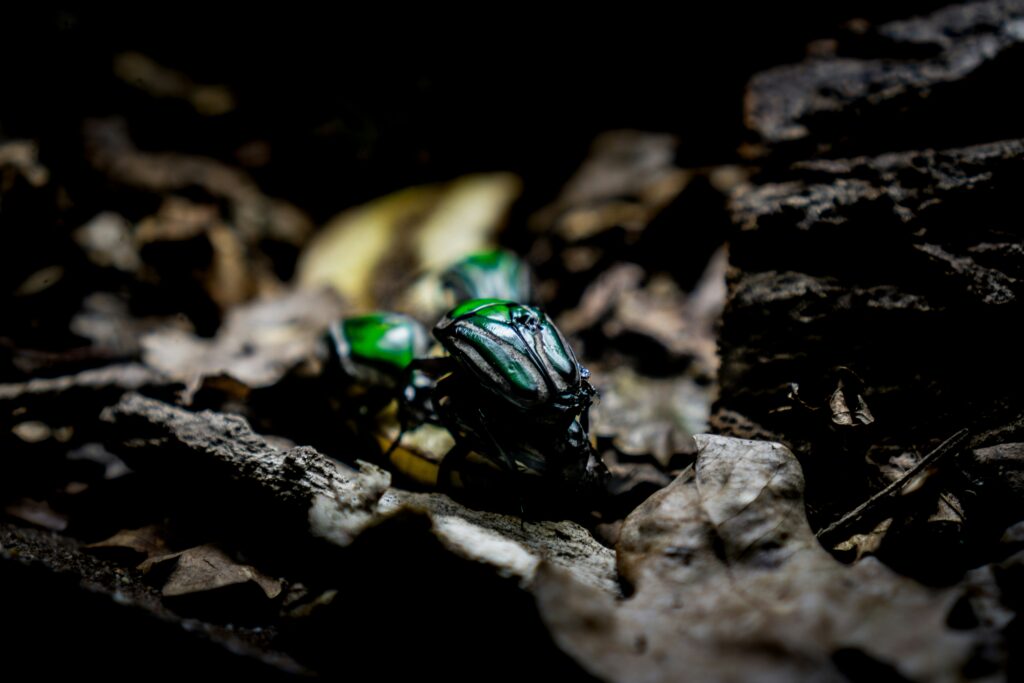
The diversity of insects living in permanent darkness is far greater than many people realize, with researchers continually discovering new species adapted to lightless environments. A single cave system might harbor dozens of specialized insect species found nowhere else on Earth, each with unique adaptations to their specific microhabitat within the darkness. Molecular studies have revealed that many darkness-dwelling insects represent ancient lineages that have persisted unchanged for millions of years, protected from the environmental fluctuations and competitive pressures of surface ecosystems. This remarkable biodiversity extends across numerous insect orders, including Coleoptera (beetles), Diptera (flies), Orthoptera (crickets and grasshoppers), Collembola (springtails), and many others, each demonstrating independent evolutionary solutions to the challenges of lightless existence. These unique ecosystems serve as natural laboratories for studying convergent evolution, as unrelated insect groups often develop remarkably similar adaptations when facing the common challenge of life without light.
Conservation Concerns for Dark-Adapted Species

The highly specialized nature of darkness-dwelling insects makes them particularly vulnerable to habitat disturbances and environmental changes. Many cave-dwelling species exist only in single cave systems or very limited geographical areas, meaning that damage to even one site could result in extinction. These insects typically have low reproductive rates, small population sizes, and limited dispersal abilities, reducing their capacity to recover from disturbances or colonize new habitats. Human activities like groundwater pollution, quarrying, tourism development, and climate change pose significant threats to these specialized ecosystems. The extreme adaptation to stable dark environments means these insects often cannot tolerate even minor changes in temperature, humidity, or water quality, making them sensitive bioindicators of environmental health but also placing them at high extinction risk in a rapidly changing world.
Learning from Light-Free Adaptations
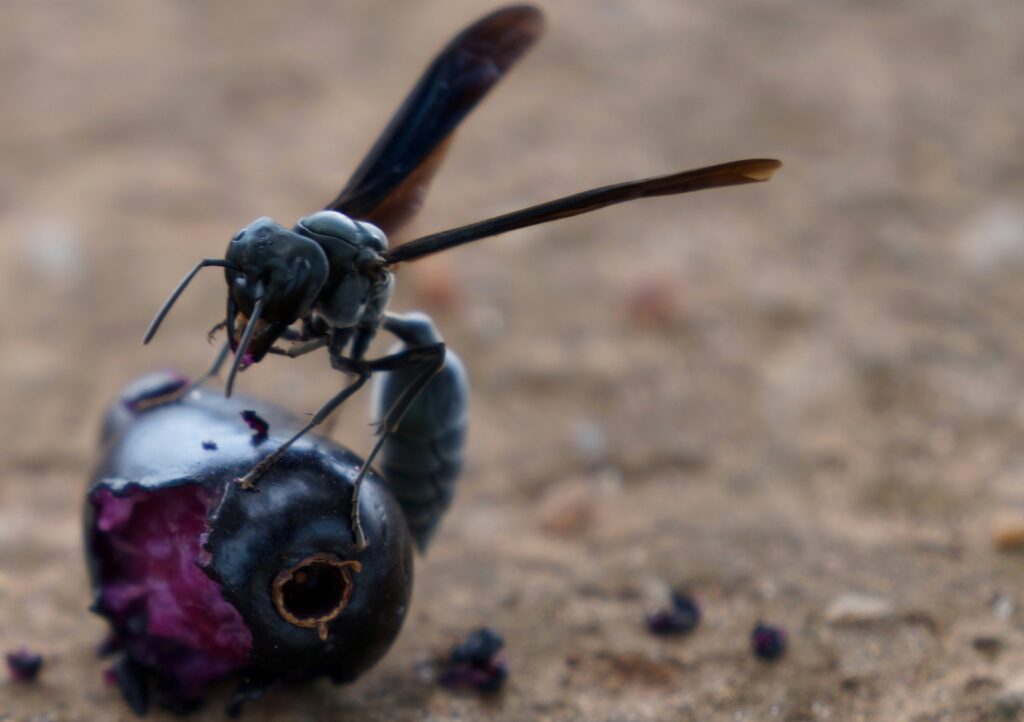
The remarkable adaptations of darkness-dwelling insects continue to inspire scientific research and technological innovations. Engineers studying these insects’ sensory systems have developed improved navigation technologies for robots operating in low-visibility environments like disaster sites or deep-sea exploration. Medical researchers investigate how parasitic insects locate specific tissues within hosts without visual guidance, potentially informing targeted drug delivery systems. The extreme metabolic efficiency of cave insects provides insights for understanding energy conservation mechanisms that could inform human health research related to metabolism. Conservation biologists use these highly specialized species as model systems for studying evolutionary processes, habitat fragmentation effects, and biodiversity preservation strategies. By studying insects that thrive without light, we gain valuable perspectives on sensory processing, evolutionary adaptation, and biological innovation that continue to expand our understanding of life’s extraordinary capacity to flourish even in the most challenging environments.
Conclusion
The remarkable insects that spend their entire lives in darkness represent some of evolution’s most fascinating success stories. Through millions of years of adaptation, they’ve developed extraordinary sensory capabilities, metabolic efficiencies, and reproductive strategies that allow them to thrive in environments where most creatures could not survive. From the eyeless beetles navigating cave systems with supersensitive antennae to the parasitic larvae developing inside other organisms, these darkness specialists showcase nature’s incredible ingenuity. Their unique adaptations not only provide valuable scientific insights but also remind us of life’s remarkable resilience and diversity. As we continue to study these remarkable creatures, they will undoubtedly reveal more secrets about evolutionary processes and biological adaptation that could inspire new technologies and deepen our appreciation for the extraordinary diversity of life on Earth.

